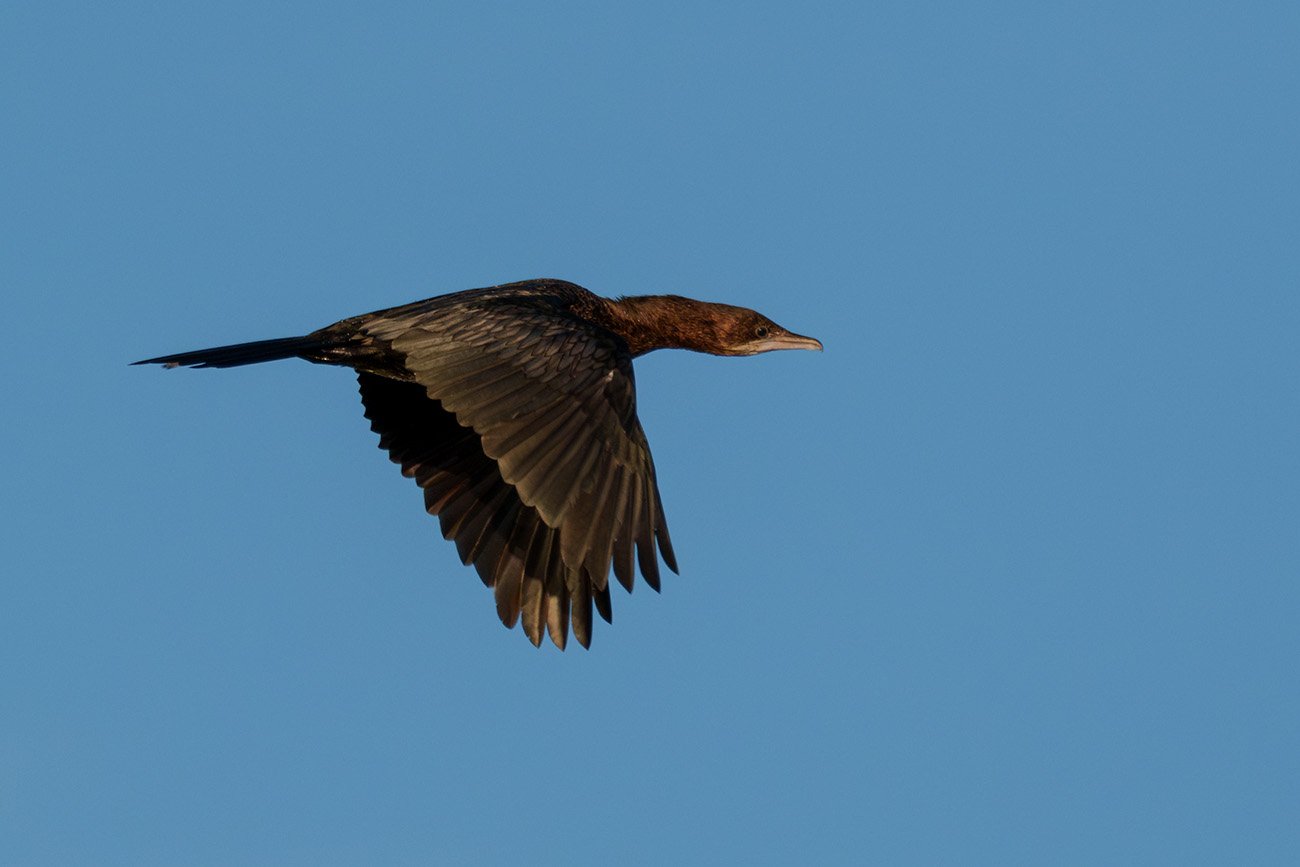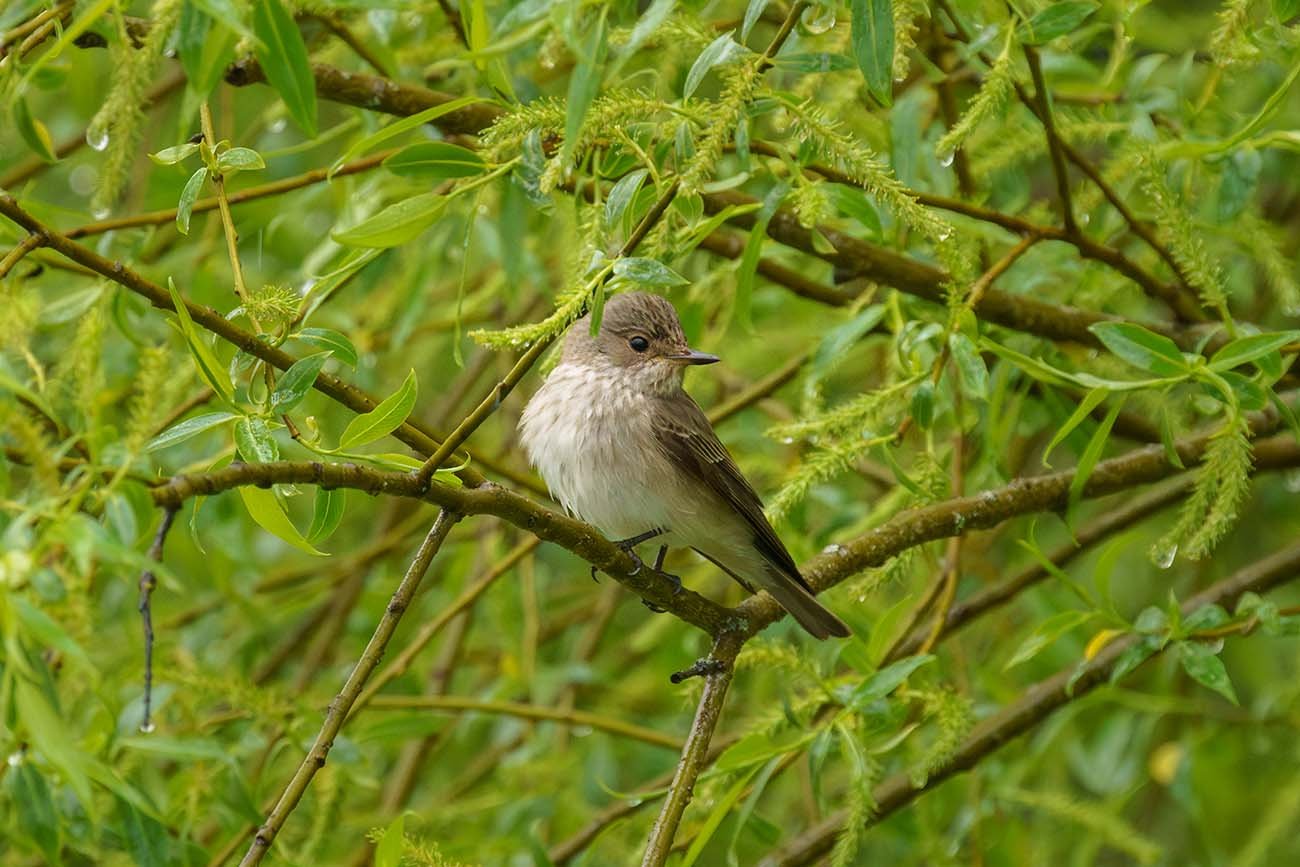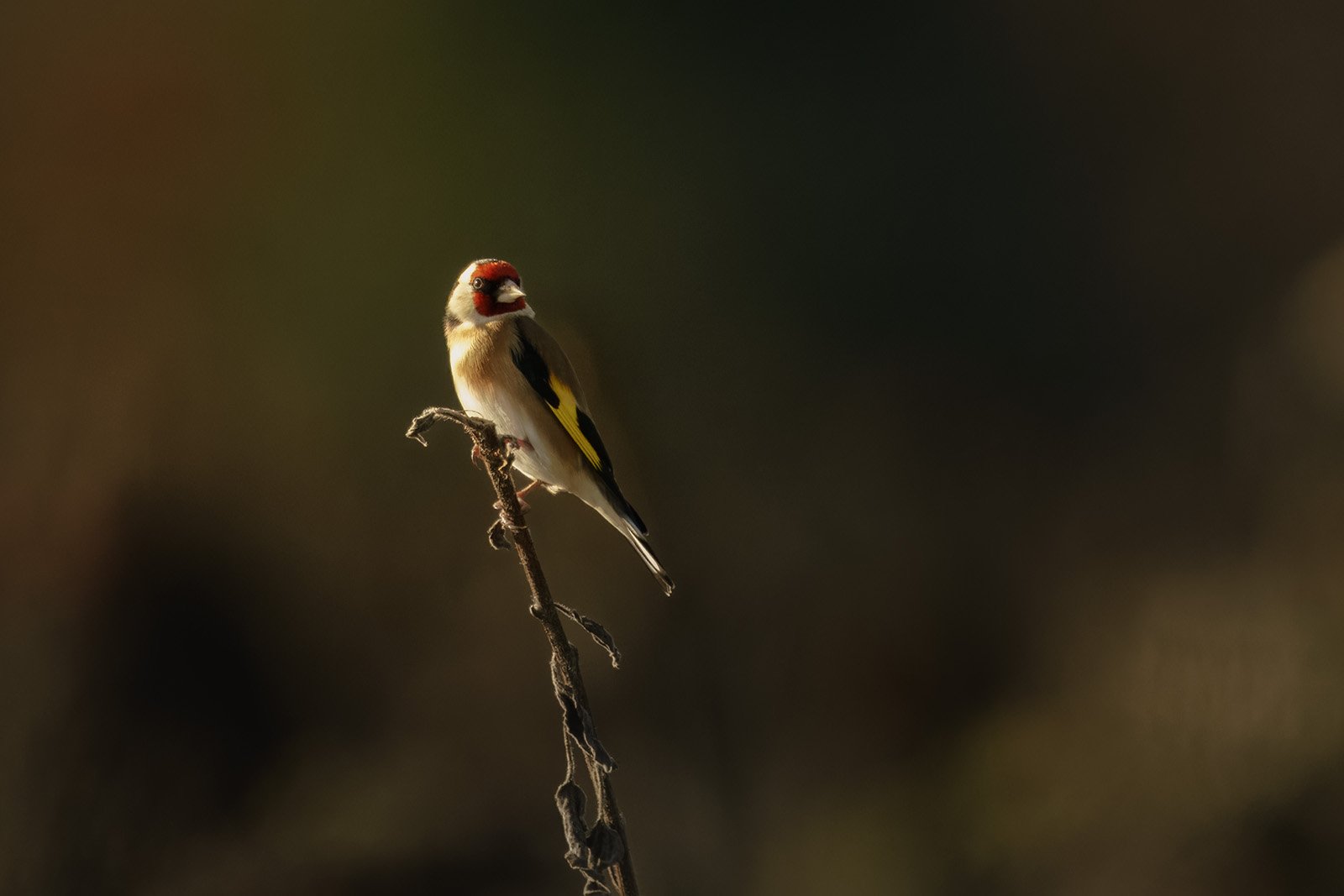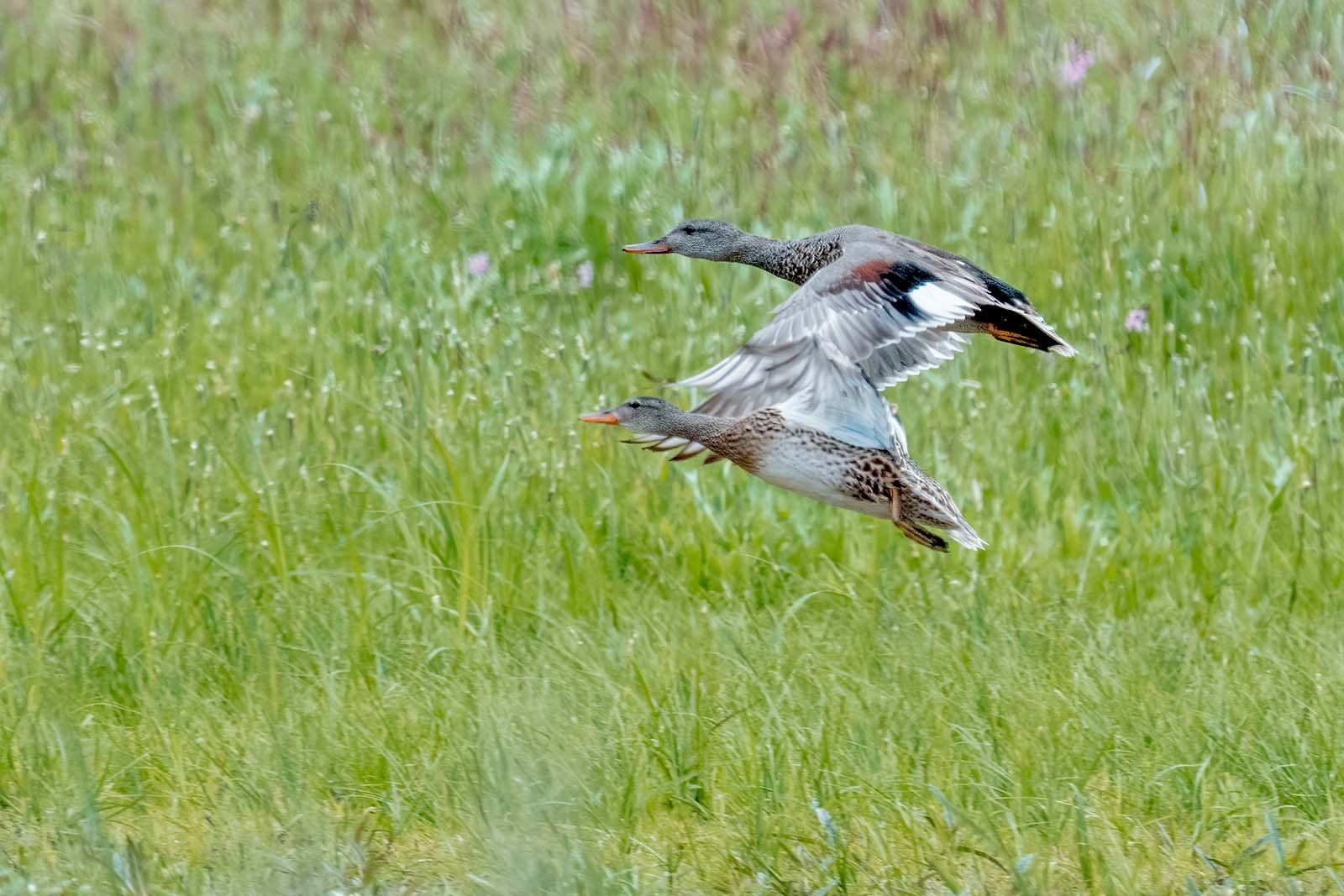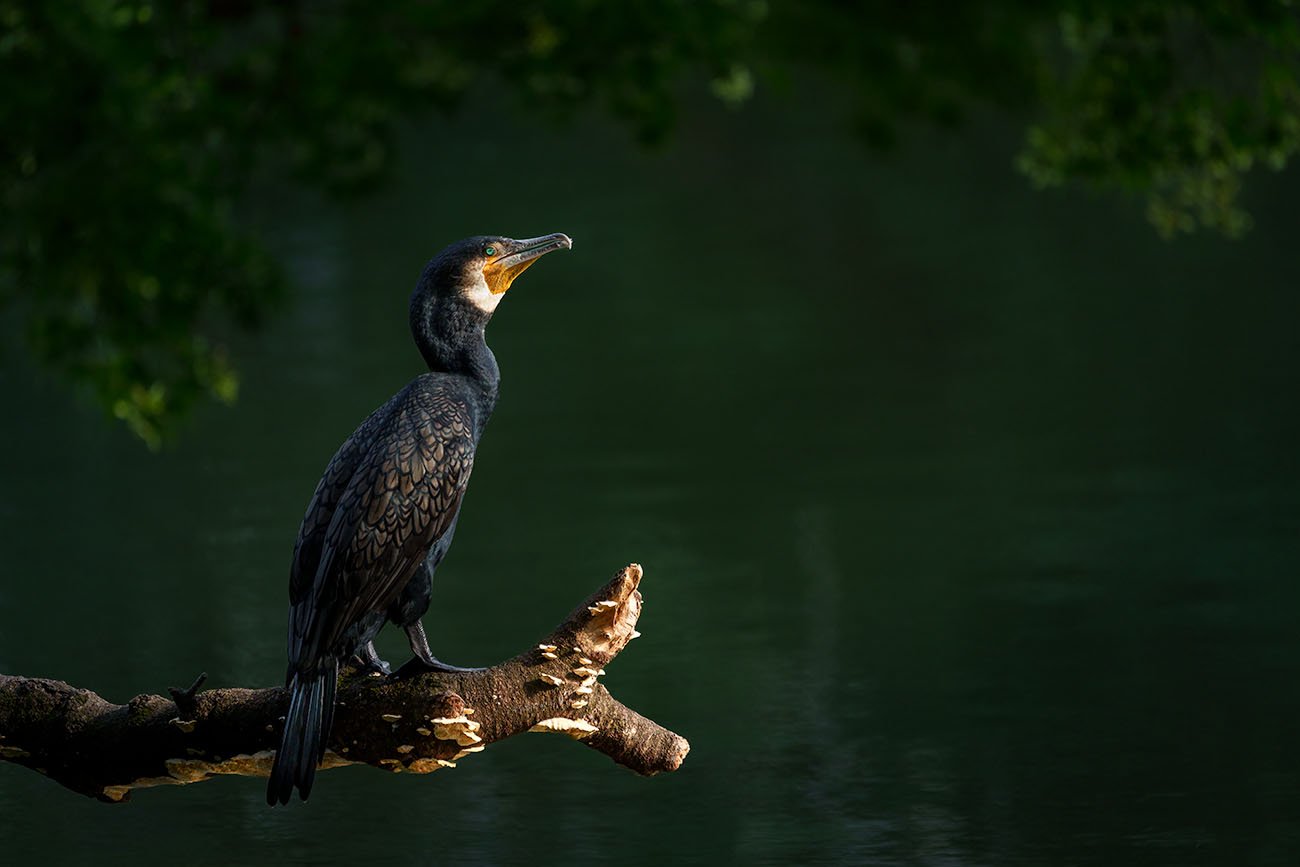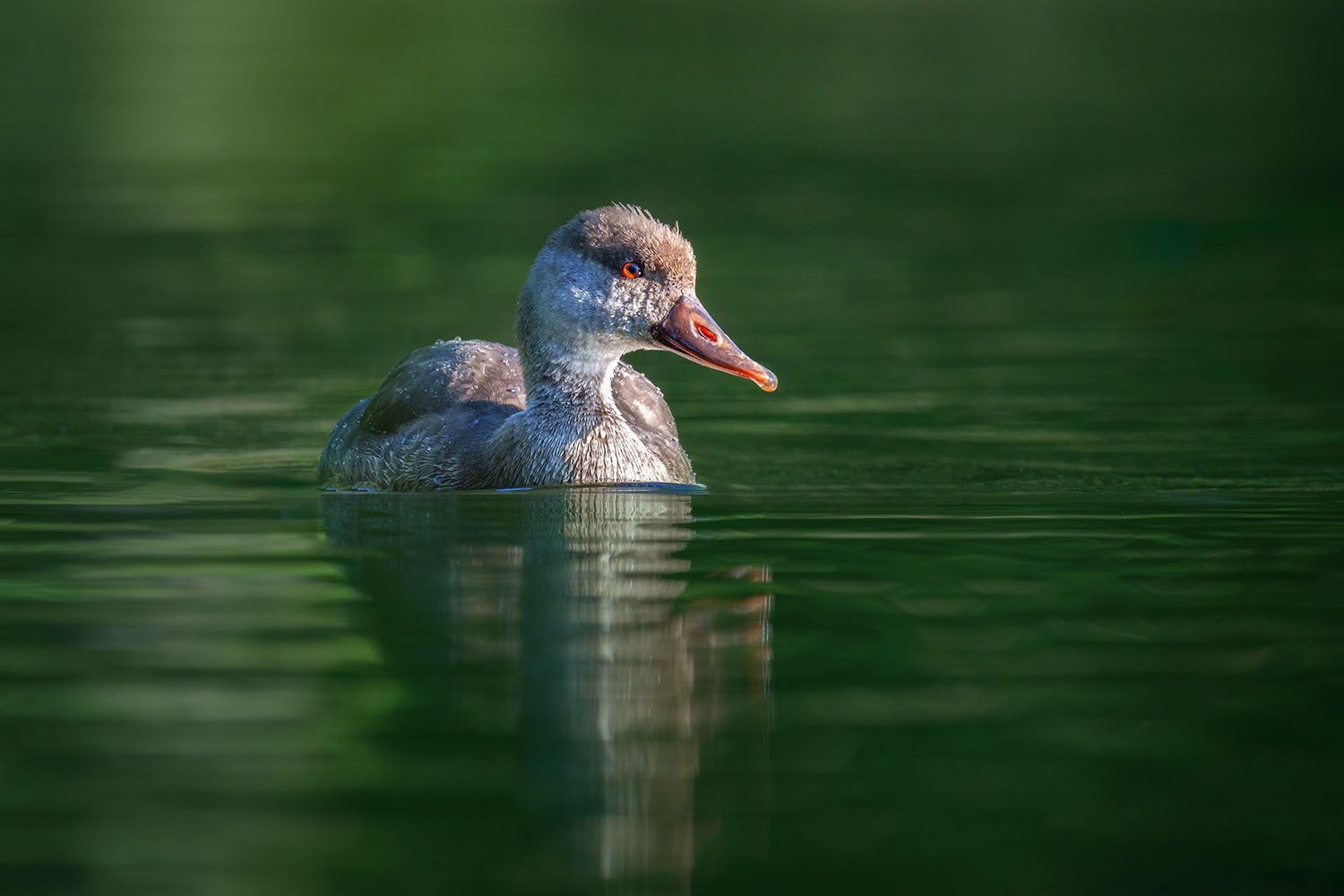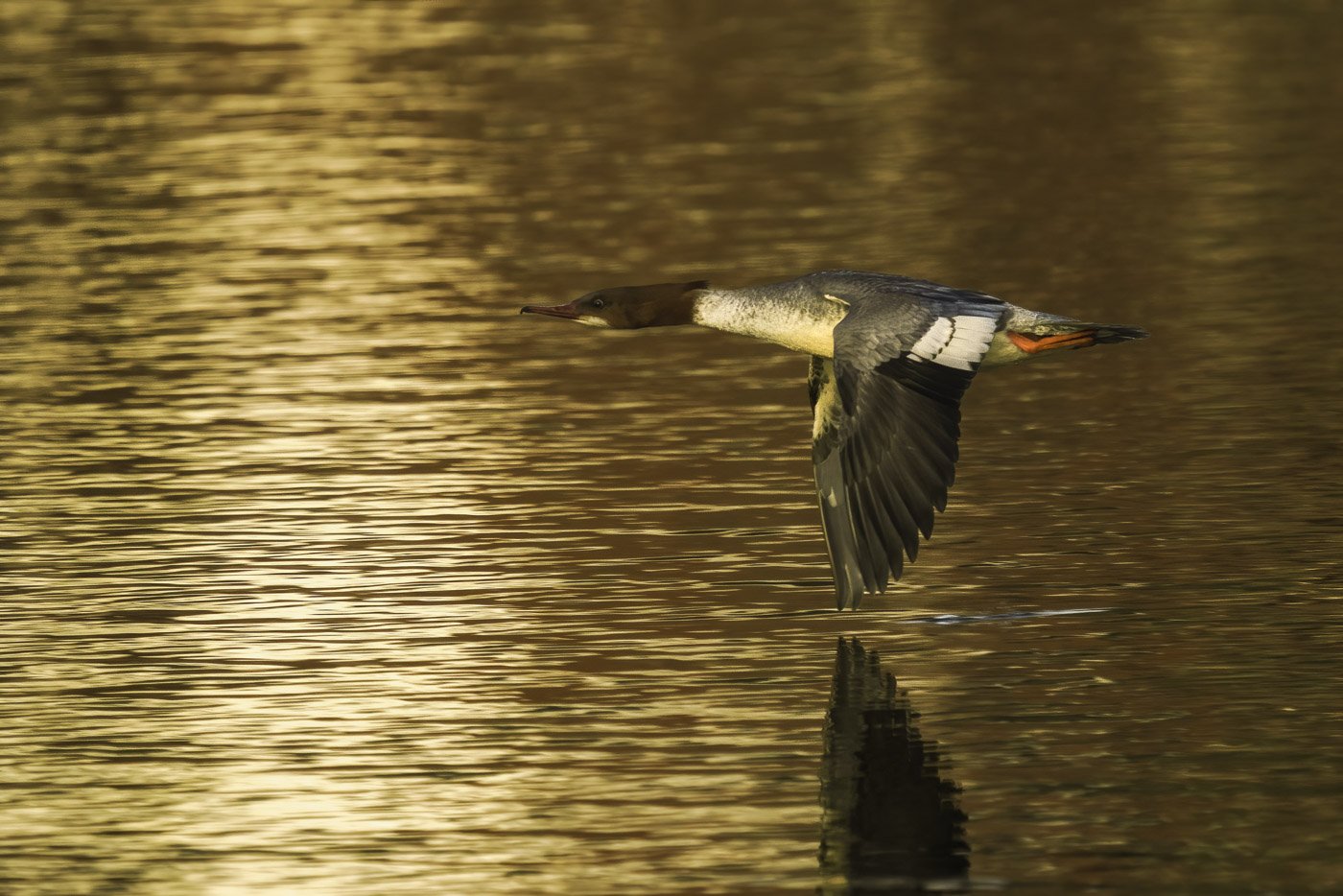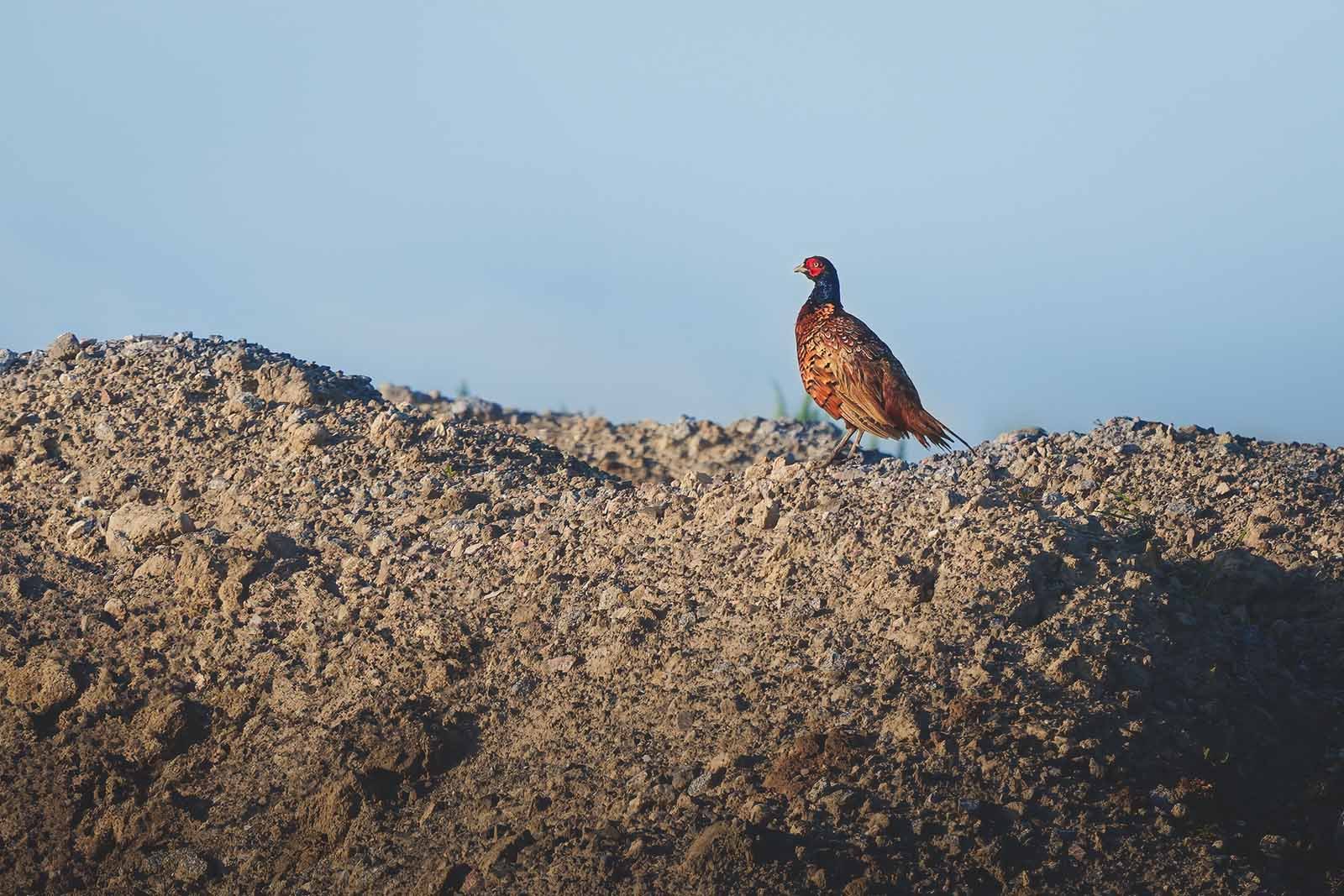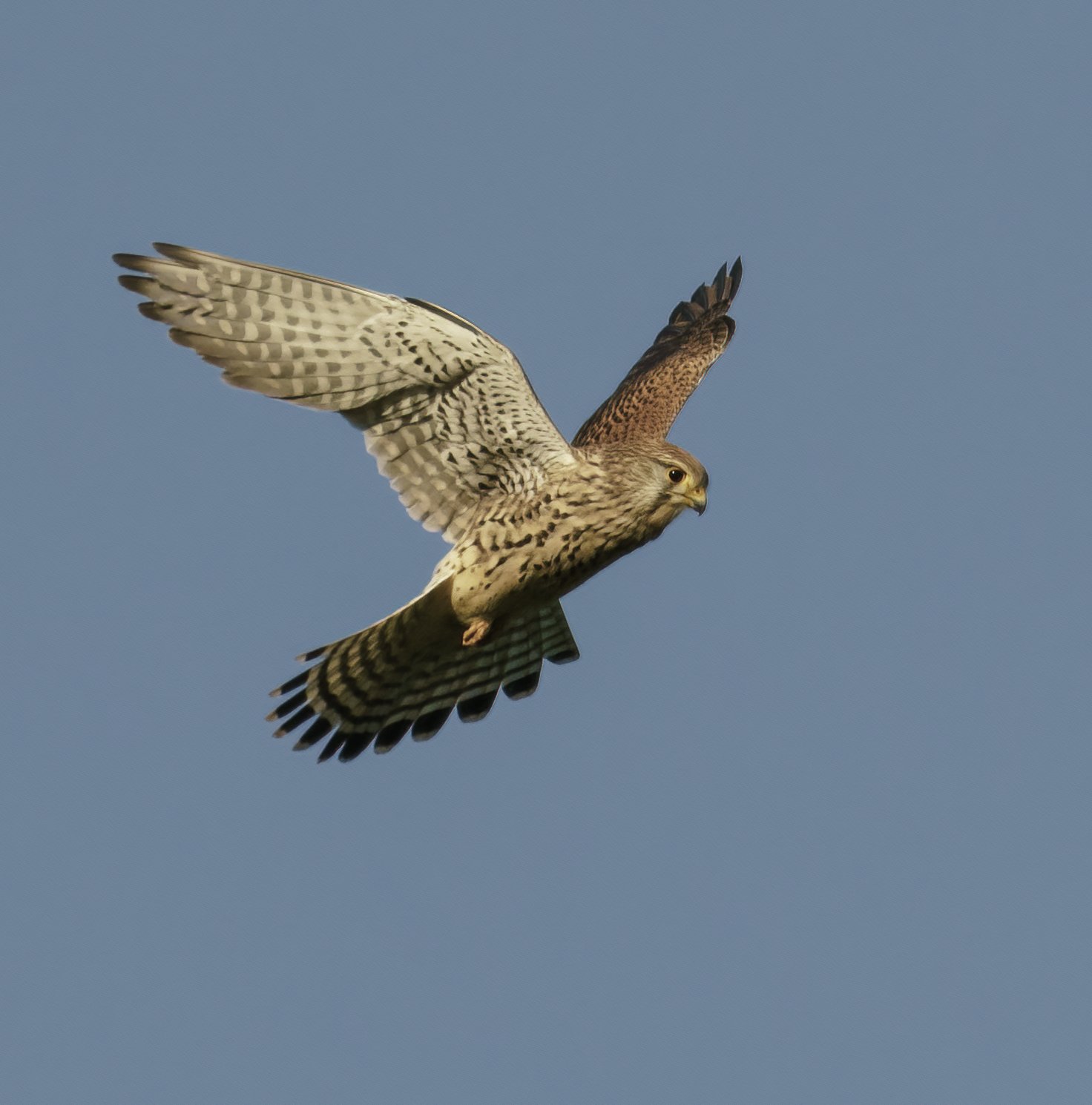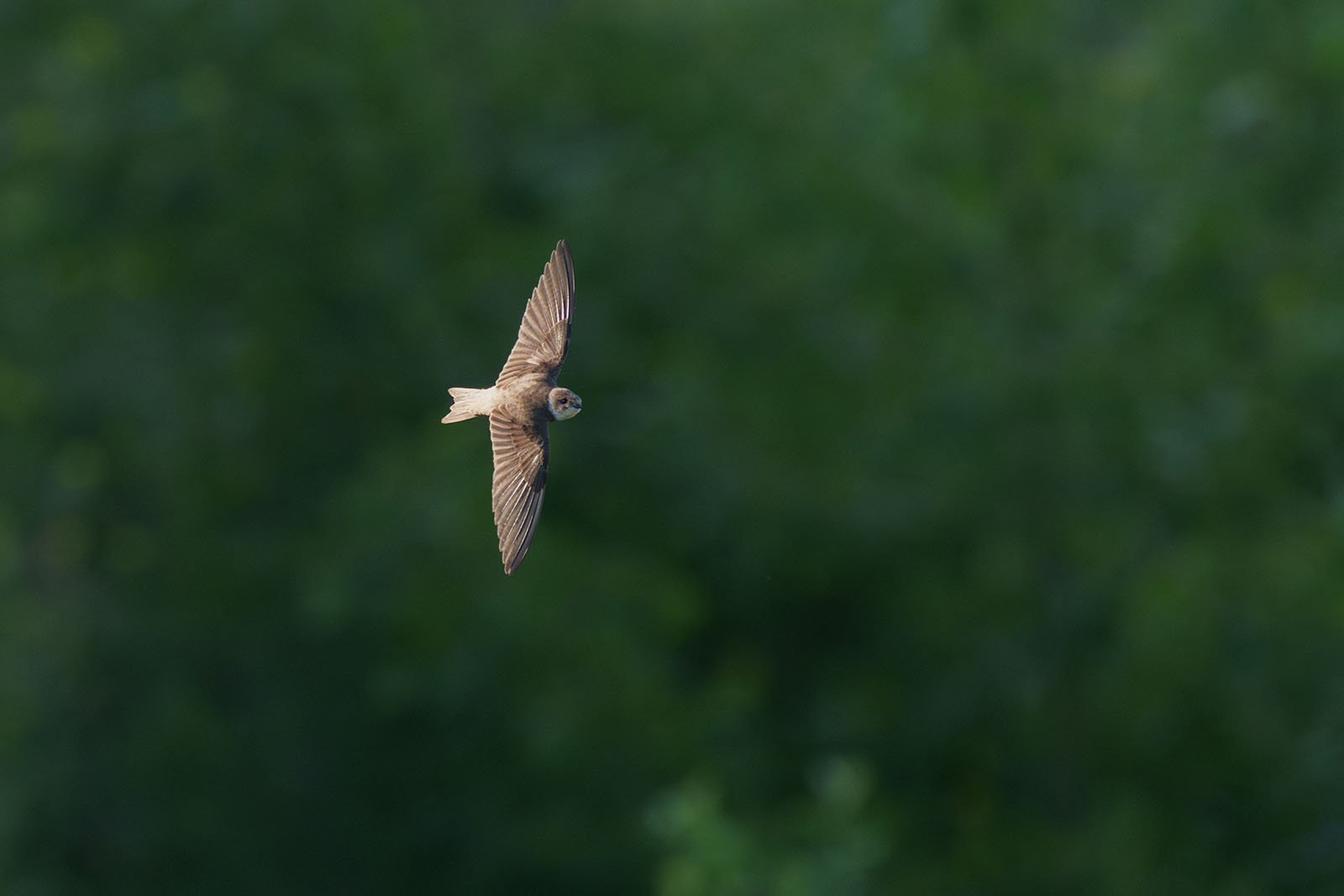Common starling (Sturnus vulgaris)
Common starling (Sturnus vulgaris)
Common Starling: The Singing Mimic of the Bird World
The common starling (Sturnus vulgaris) captivates with its iridescent plumage and its talent for mimicking bird calls and even human-made sounds.
Shortlist
- The common starling (Sturnus vulgaris) measures 19–22 cm and is a social songbird often seen in flocks.
- Diet: Insects, larvae, fruits, and berries.
- Habitat: Open woodlands, towns, gardens, and parks.
- Appearance: Speckled “pearl star” in autumn, glossy green and purple in spring; juveniles are dull brown.
- Unique traits: Skilled vocal mimic, characterized by tripping movements while foraging.
Key Facts
- Scientific Name: Sturnus vulgaris
- Size: 19–22 cm
- Weight: Not specified
- Habitat: Open woodlands, towns, gardens, parks
- Diet: Insects, larvae, fruits, berries
- Seasonality: Year-round in Europe; migrates to southern regions in winter
- Nest: Messy structures made of twigs and feathers, built in cavities or nest boxes
Table of Contents
- Introduction: The Versatile Starling
- Appearance: A Seasonal Beauty
- Habitat and Distribution
- Diet: Insect Hunter and Fruit Lover
- Reproduction: A Nest with a Personal Touch
- Unique Traits: Master of Imitation
- FAQ: Frequently Asked Questions About the Starling
1. Introduction: The Versatile Starling
The common starling (Sturnus vulgaris) is a fascinating songbird known for its adaptability and sociable nature. Its iridescent plumage and dynamic behavior make it a prominent part of Europe’s birdlife, thriving in both natural and urban settings.
Starlings are especially admired for their remarkable ability to mimic other birds’ calls and even mechanical noises like car alarms or ringtones. Whether in open woodlands, gardens, or parks, starlings often gather in large flocks, creating breathtaking murmuration displays at dusk.
2. Appearance: A Seasonal Beauty
The starling’s appearance changes throughout the year, showcasing a range of striking features.
Key Characteristics
Autumn (Pearl Star):
- Black plumage with white speckles caused by pale feather tips, earning the nickname “pearl star.”
Spring (Breeding Plumage):
- Iridescent green and purple feathers with a metallic sheen.
- The bill turns bright yellow, with males having a pale blue base on the lower mandible.
Juveniles:
- Dull brown feathers for camouflage during their early life stages.
Body Shape:
- Compact and robust, with short wings and a short tail, ideal for agile and precise flight.
The seasonal transformation of the starling makes it a visually captivating bird.
3. Habitat and Distribution
The starling thrives in a variety of environments, showing incredible adaptability to both wild and human-modified landscapes.
Distribution
- Breeding Season:
- Found in open woodlands, gardens, and parks across Europe.
- Winter Migration:
- Many starlings migrate to southern Europe, North Africa, or parts of western Europe to escape harsher winters.
Preferred Habitats
- Open deciduous forests with scattered trees.
- Agricultural areas, gardens, and urban parks.
- Near human settlements, where food sources are abundant.
Starlings’ ability to exploit diverse habitats ensures their widespread presence across Europe and beyond.
4. Diet: Insect Hunter and Fruit Lover
The starling is an omnivore with a diet that changes with the seasons, showcasing its adaptability.
Primary Food Sources
- Insects:
- Beetles, grasshoppers, worms, and larvae.
- Fruits and Berries:
- Enjoys cherries, grapes, elderberries, and other soft fruits.
Foraging Behavior
- Known for their distinctive tripping and jerking movements while searching for food on the ground.
- Starlings feed in flocks, especially in winter, where they often scour agricultural fields and urban areas for sustenance.
Their varied diet enables them to thrive in multiple habitats throughout the year.
5. Reproduction: A Nest with a Personal Touch
Starlings are cavity nesters that display creativity and resourcefulness when it comes to breeding.
Nesting Behavior
Nest Sites:
- Utilize natural tree cavities, old woodpecker holes, or nest boxes.
- Urban starlings may nest in building crevices or other man-made structures.
Nest Construction:
- The female builds a messy nest from twigs, grasses, and feathers, occasionally adding decorative items.
Breeding Cycle
- Clutch:
- Consists of 4–7 eggs, incubated by both parents.
- Parental Care:
- Both male and female share responsibilities for feeding and raising the chicks, which fledge after about three weeks.
Starlings’ adaptability extends to their choice of nesting sites, helping them thrive in a wide range of environments.
6. Unique Traits: Master of Imitation
Starlings are celebrated for their vocal versatility and social behaviors.
Vocal Mimicry
- Imitation Skills:
- Starlings mimic the calls of other birds, including blackbirds, robins, and even raptors.
- They can also reproduce artificial sounds like car alarms, telephone rings, and machinery.
Murmuration Displays
- In non-breeding seasons, starlings form large flocks, creating stunning aerial displays called murmurations.
- These synchronized movements serve as protection from predators and a way to communicate within the flock.
These unique traits make starlings one of the most entertaining and dynamic birds in Europe.
7. FAQ: Frequently Asked Questions About the Starling
1. How big is the starling?
Starlings measure 19–22 cm in length.
2. What do starlings eat?
Their diet consists of insects, larvae, fruits, and berries.
3. Where do starlings live?
They inhabit open woodlands, gardens, parks, and urban areas.
4. Why are starlings called “pearl stars”?
In autumn, their plumage features white speckles, resembling pearls.
5. What makes starlings unique?
Their ability to mimic bird calls and human-made sounds, as well as their impressive murmuration displays, set them apart.
The common starling is a versatile and fascinating bird, captivating observers with its shimmering plumage, mimicry skills, and communal displays. Whether seen foraging in your garden or performing acrobatics in the sky, this bird is sure to leave a lasting impression!



